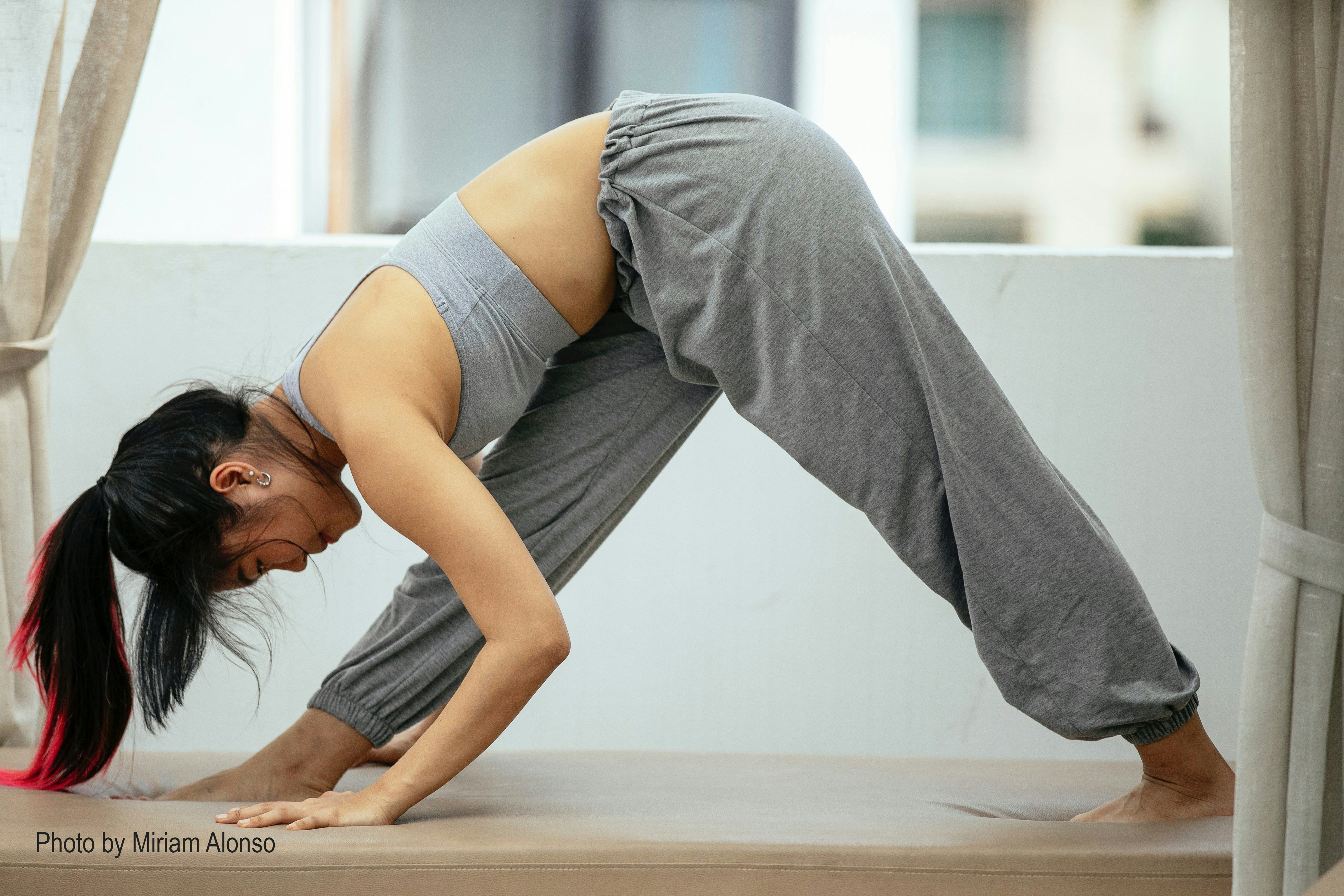The Tristhana Method: Asana, Pranayama, & Drishti
Āsana, Prāṇāyāma, and Dṛṣṭi

pyramid pose yoga
The Tristhana Method: Asana, Pranayama, & Drishti
Āsana, Prāṇāyāma, and Dṛṣṭi
The Tristhana Method forms the triad of foundational principles that underpin the practice. Consisting of Āsana, Prāṇāyāma, and Dṛṣṭi, this method synergistically integrates the physical, energetic, and mental aspects of Yoga, cultivating a deep and holistic practice.
1. Āsana (आसन) Asana
The term āsana, in its simplest sense, translates to "seat" or "posture." But it connotes much more than mere physical positions in the practice of Yoga. One translation that resonates with the YTL advisory board is: to be "seated" in the balance between effort & ease. Each asana is a carefully curated dynamic posture designed to cleanse, strengthen, and bring flexibility to the body.
2. Prāṇāyāma (प्राणायाम) Pranayama
Prāṇāyāma, often translated as "breath control" or "extension of the life force," is the second aspect of the Tristhana Method. In some lineages, the specific prāṇāyāma used is very often Ujjayi Prāṇāyāma, characterized by a soft hissing sound created by a gentle constriction at the back of the throat. This conscious and rhythmic breathing technique helps to cultivate an internal heat (Tapas) that purifies the body, enhances concentration, and connects the practitioner with the subtle energy flow within. The seamless synchronization of breath with movement in the asana lies at the heart of Yoga.
3. Dṛṣṭi (दृष्टि) Drishti
The third aspect of the Tristhana Method is Dṛṣṭi or the gazing point. There are nine drishtis in Ashtanga Yoga, each associated with specific āsanas. Drishti serves not only as a means of alignment and balance in the āsana but, more importantly, as a tool for cultivating inward focus and stilling the mind. "Where the gaze goes, the mind follows"; thus, by consciously directing our gaze, we gain the ability to guide our attention and progress deeper into the state of Dhyana or meditation.
The Tristhana Method is a fundamental principle in Yoga, harmonizing the practice's physical, energetic, and mental dimensions. The interplay of Āsana, Prāṇāyāma, and Dṛṣṭi guides practitioners on a transformative journey inward, fostering strength, flexibility, inner focus, and ultimately, a profound sense of peace and unity.
